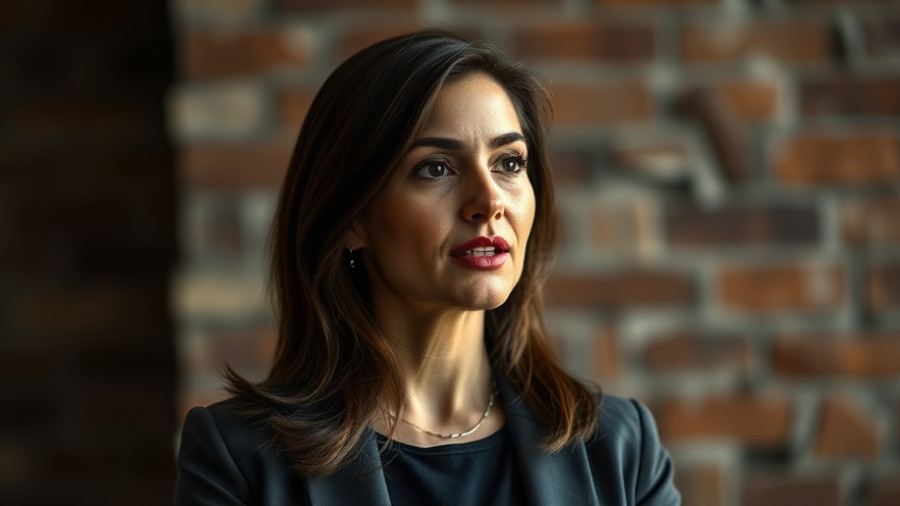
The Heavy Burden of Gun Violence in Schools
In recent years, U.S. classrooms have increasingly become battlegrounds, with educators bearing the weight of loss and trauma unlike any other profession. Every school shooting not only fractures the lives of families but reshapes the very fabric of the learning environment. There is a pressing need for educational institutions to address this unsettling reality. The thin veneer of normalcy that teachers like Sofia Gonzalez strive to maintain hides a deeper truth: in the aftermath of loss, the role of educators extends beyond academics to emotional support and community resilience.
Remembering Ruby: The Student Behind the Statistics
Gonzalez speaks poignantly about Ruby, a vibrant student who was taken too soon due to gun violence. Her story is emblematic of the numerous narratives lost amidst stark statistics. Weapons do not differentiate between environments; their impacts resonate through the hallways and classrooms long after the gunshots fade. As teachers grapple with their own grief and a duty to foster a safe space for their remaining students, they are also called to step into advocacy roles, challenging policies that perpetuate this violence.
Taking Action: The Educator's Responsibility
In light of many tragic incidents, a collective action among educators is burgeoning nationally. Initiatives like Teachers Unify aim to empower teachers to advocate for transformative change. By utilizing their unique positions, educators can effectively participate in the dialogue surrounding sensible gun laws, trained crisis responses, and mental health resources. With educators experiencing higher rates of PTSD and anxiety due to these crises, prioritizing mental health support for both students and staff becomes critical.
Long-term Impacts: The Psychological Toll on Educators and Students
Research reveals that incidents of gun violence leave lasting psychological scars on educators and students alike. The National Education Association highlights the heightened anxiety levels among students and educators living under the specter of daily threats. Gonzalez’s testimony reflects the emotional nuances of teaching in this climate — where fear becomes a backdrop to education, and grief a constant companion. It is imperative that effective support structures be cultivated within schools to aid those working through trauma.
A Vision for the Future: Changing the Narrative
As awareness of the impacts of gun violence in educational environments grows, so does the hope for systemic change. By advocating for policies that address safe storage of firearms and mental health services, educators can help reshape narratives that have long been dictated by fear. The path to advocacy may be fraught with challenges; nevertheless, it holds the potential to enact meaningful legislation that prioritizes the safety and well-being of both educators and students alike.
Call to Educators: Stand Up and Speak Out
The overarching message from these stories is clear: educators must leverage their voices for change. Whether it be through grassroots movements like Teachers Unify or direct action within their communities, every teacher has a role to play. Now more than ever, it’s time for educators to unearth and advocate for proactive measures against gun violence. By fostering a culture of safety and resilience, we can collectively honor those lost, like Ruby, and strive for a future where classrooms remain sanctuaries for learning rather than sites of trauma.
 Add Row
Add Row  Add
Add 




Write A Comment